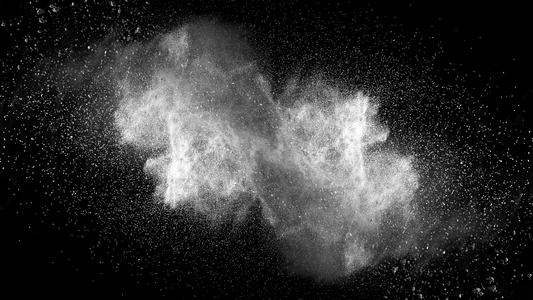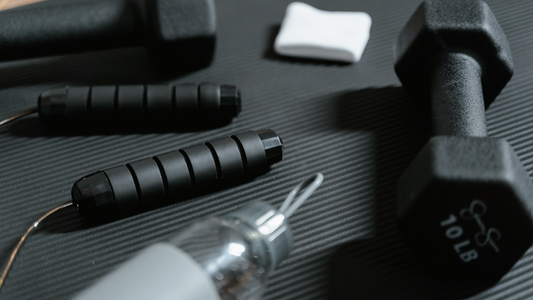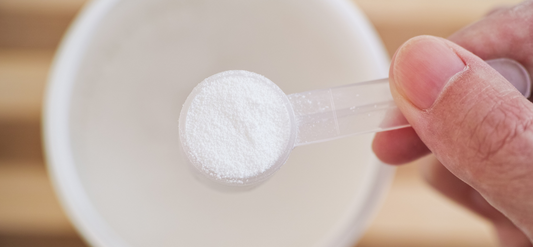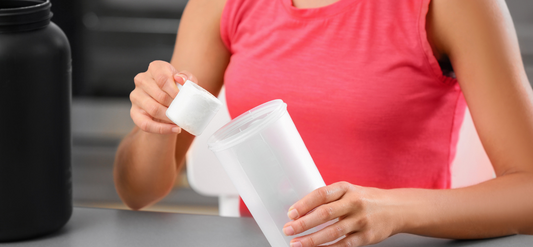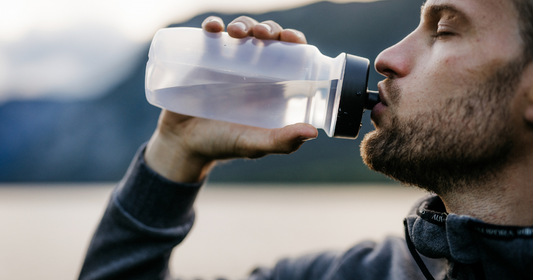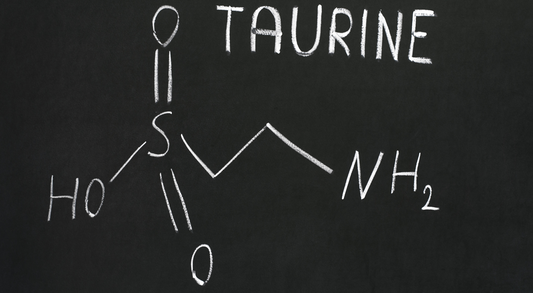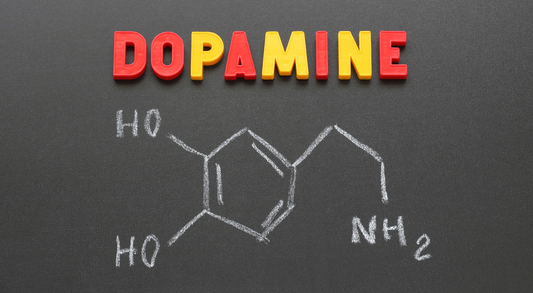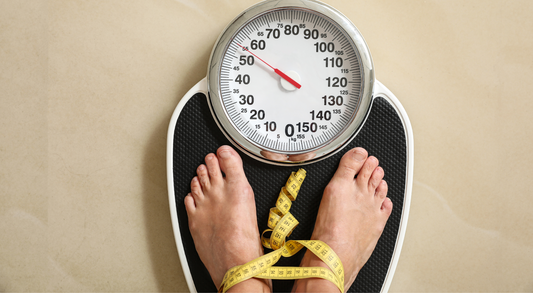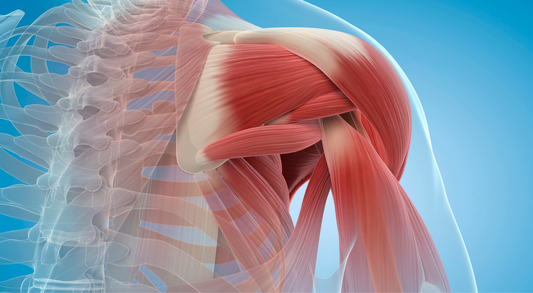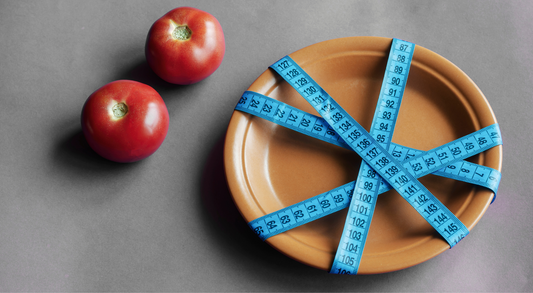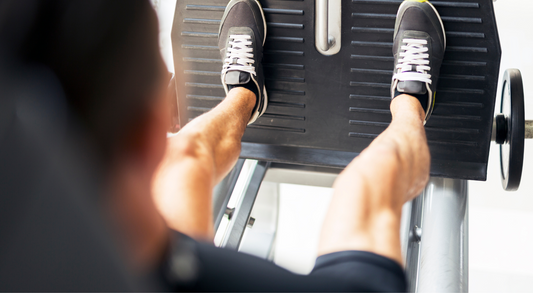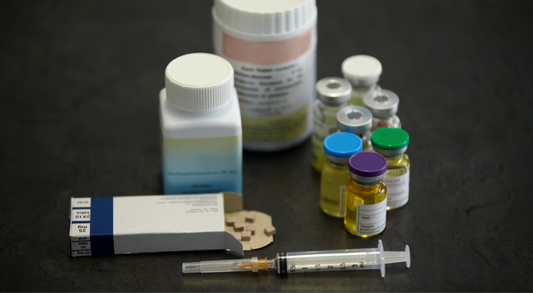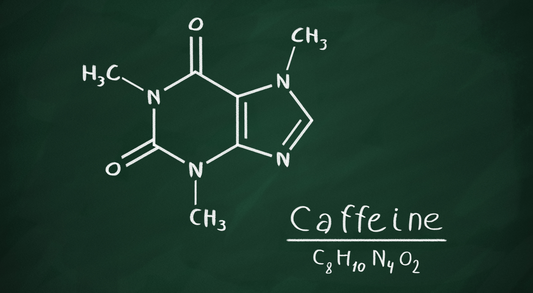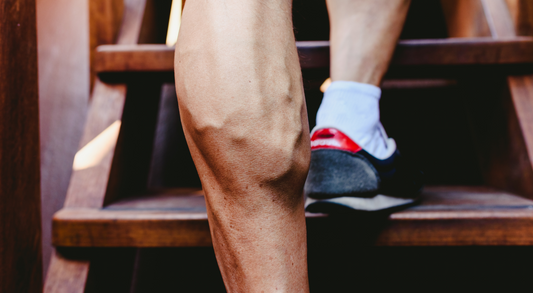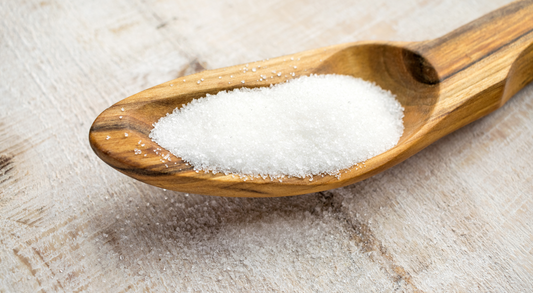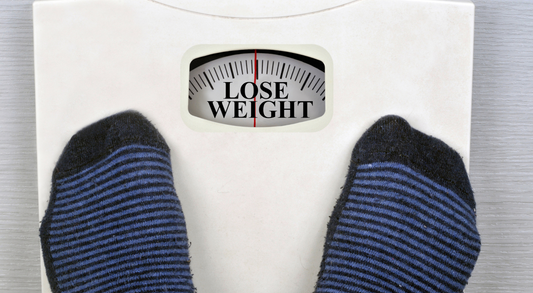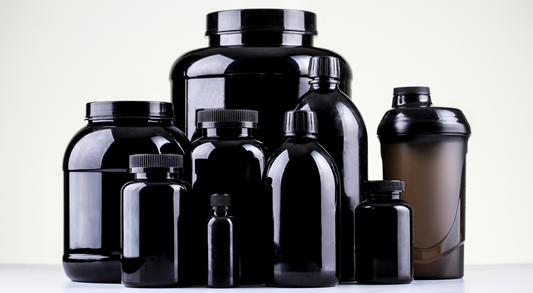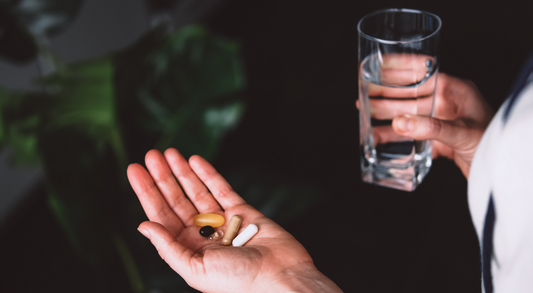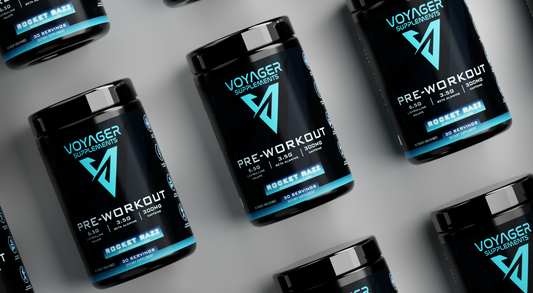Introduction
Post-workout recovery is a crucial aspect of any fitness program, playing a significant role in muscle repair, growth, and overall performance. With recent advancements in sports science, a myriad of cutting-edge techniques has emerged, aimed at optimizing recovery and helping athletes maximize their gains. In this blog post, we'll explore seven research-backed methods for enhancing post-workout recovery, providing you with practical tips to minimize downtime and boost performance.
Prioritize Sleep
Sleep is essential for muscle repair and growth, as well as hormone regulation and immune system function. Aim for 7-9 hours of quality sleep per night, and consider incorporating relaxation techniques or optimizing your sleep environment to improve sleep quality.
Optimize Nutrition
Consuming a well-balanced diet rich in protein, healthy fats, and complex carbohydrates is crucial for recovery. Make sure to consume a post-workout meal or snack containing both protein and carbohydrates within 30-60 minutes after exercising to facilitate muscle repair and glycogen replenishment.
Supplement Wisely
Certain supplements have been shown to support recovery, such as branched-chain amino acids (BCAAs), creatine, and omega-3 fatty acids. Consult with a healthcare professional or sports nutritionist to determine the most appropriate supplements for your individual needs.
Hydrate Properly
Proper hydration is essential for optimal recovery, as it helps regulate body temperature, transport nutrients, and remove waste products from the muscles. Aim to drink water consistently throughout the day, and consider consuming electrolyte-rich beverages after intense or prolonged workouts.
Foam Rolling and Stretching
Incorporate foam rolling and stretching into your recovery routine to help alleviate muscle soreness, increase flexibility, and improve circulation. Focus on the muscle groups that were worked during your workout, and be gentle with the pressure you apply.
Cold and Heat Therapy
Alternating between cold and heat therapy can help reduce inflammation, alleviate muscle soreness, and promote blood flow. Try using ice packs or taking a cold shower for 10-15 minutes, followed by a warm bath or heating pad for another 10-15 minutes.
Active Recovery
Engaging in low-intensity, low-impact activities on your rest days can help improve circulation, promote healing, and reduce muscle stiffness. Examples of active recovery include gentle yoga, walking, or swimming.
Conclusion
By incorporating these cutting-edge techniques into your recovery routine, you can optimize muscle repair, reduce downtime, and boost your overall performance. Remember that recovery is an ongoing process and requires consistency and attention to detail. Experiment with these strategies to find the most effective methods for your individual needs and elevate your fitness game to new heights.





